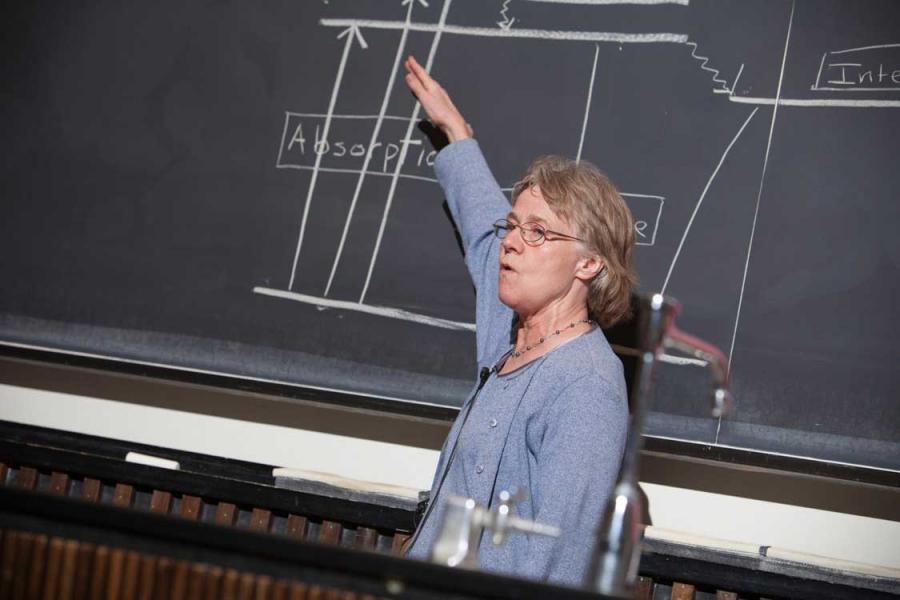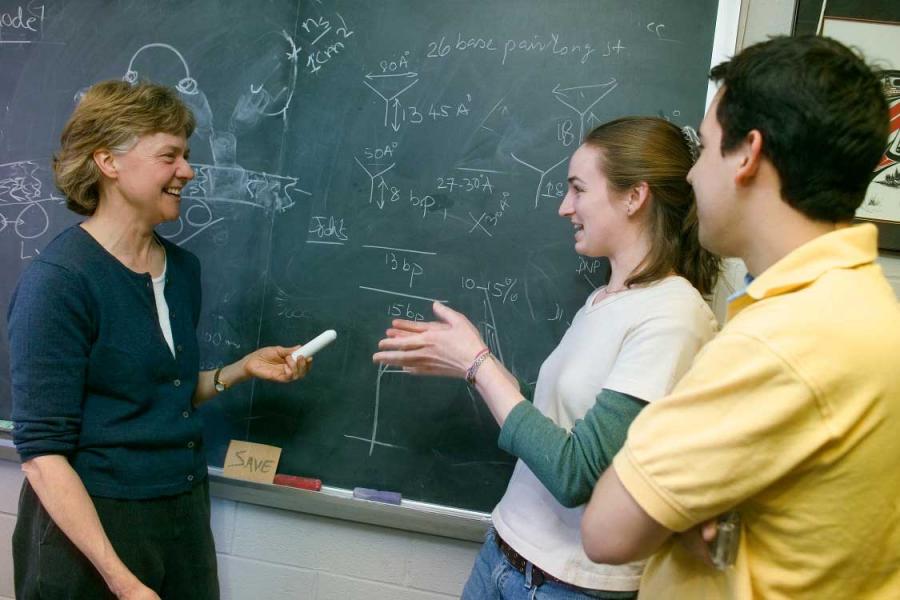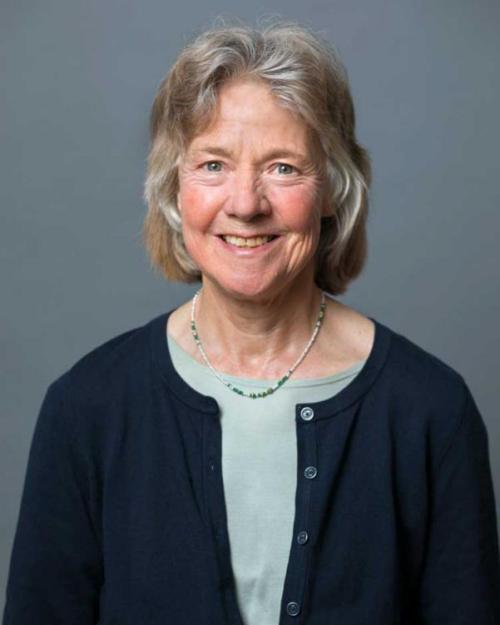Barbara Baird, the Horace White Professor of Chemistry and Chemical Biology in the College of Arts and Sciences, has been honored as one of the 2021 Distinguished Women in Chemistry or Chemical Engineering by the International Union of Pure and Applied Chemistry (IUPAC.)
This awards program, initiated as part of the 2011 International Year of Chemistry celebrations, acknowledges and promotes the work of women chemists and chemical engineers worldwide. Twelve awardees were selected in 2021 for their excellence in research, teaching and leadership.
“Dr. Baird is an internationally known biophysical chemist who has made major contributions to our understanding of the subcellular mechanism of homeostasis and stimulated signaling responses,” said Bruce Ganem, the Franz and Elisabeth Roessler Professor in chemistry and chemical biology at Cornell.
After earning a Ph.D. at Cornell in 1979, Baird did a postdoctoral fellowship at the National Institutes of Health, pursuing pioneering work in cellular immunology, “an exceptionally forward-looking move at a time when mechanisms of immune responses were mostly unknown,” Ganem said.
Then, as the first woman to join Cornell’s chemistry department faculty in 1980, Baird became the first scientist at Cornell to bring a molecular-level chemical focus to the field of immunology.
“It was the very early stages in understanding how the immune system works, on the cellular level, including how the immune system might work against cancer,” Baird said. “At that time, important discoveries were made that drew immunology toward the molecular level.”
From 2001-2006, Baird served as director of the Nanobiotechnology Center led by Cornell—a 10-year Science and Technology Center of the National Science Foundation.
“It was a scary position for me to take, but I thought it was important,” Baird said. “It allowed me to get a sense of the greater good and how I could play a role in facilitating that. As an individual researcher I could do something in the area of nanobiotechnology, but as a director, I could help others get involved.”
Baird said the five years she spent as director were challenging and rewarding—an example of the leadership she is cited for by the IUPAC award.
Baird credits the chemistry department with supporting her innovative work and her rise through the ranks to become the first female department chair, a post she held from 2008 to 2013.
She also thanks her husband, David Holowka, a senior scientist in chemistry and chemical biology and principal investigator in the Baird-Holowka lab.
“We work on everything together,” Baird said. “He has played an important role in our success in the laboratory and as a family, also allowing me the bandwidth to take on other responsibilities.”
The Baird-Holowka group researches molecular mechanisms of cellular responses to environmental stimuli, which is “at one of chemical biology’s most important frontiers,” Ganem said. The Baird group focuses on the IgE receptor, which plays a central role in inflammatory and allergic immune responses.
“This system is of enormous medical interest and also serves as a prototype for other, more complicated receptor systems,” Ganem said.
While she is making advances on the cutting edge of immunology, Baird also enjoys teaching, particularly introductory physical chemistry.
“I continuously find it refreshing,” she said. “You think about the material differently every time you go back. And, of course, you have a different set of students you’re trying to reach and think about how to best convey the material toward their interests.”
The basics provide the bedrock and rigorous framework for advanced research in cell biology and other complicated systems, Baird said: “You’re constantly checking yourself against this framework, even if it’s just the fundamental concepts.”
Of the nearly 70 graduate students and postdoctoral associates who have trained in Baird’s group, 33 are women. Opportunities for women and people of color? in science are increasing, but challenges remain because of long-entrenched procedures that were established mostly by men, she said.
“So, if you look at things differently; if you look different, you can feel like you are struggling in foreign territory,” Baird said. “It’s that ‘otherness’ that can make it hard for people who are not part of the establishment, and it can wear you down. However, contributions by those with fresh perspectives and problem-solving skills are absolutely necessary for optimal scientific progress – and for the enjoyment of being scientists.”
Along with this IUPAC honor, Baird has also been awarded a Guggenheim Fellowship and was named a Fellow of the American Association for the Advancement of Science in both biology and chemistry. She is a fellow of the Biophysical Society and was elected a member of the American Academy of Arts and Sciences.







